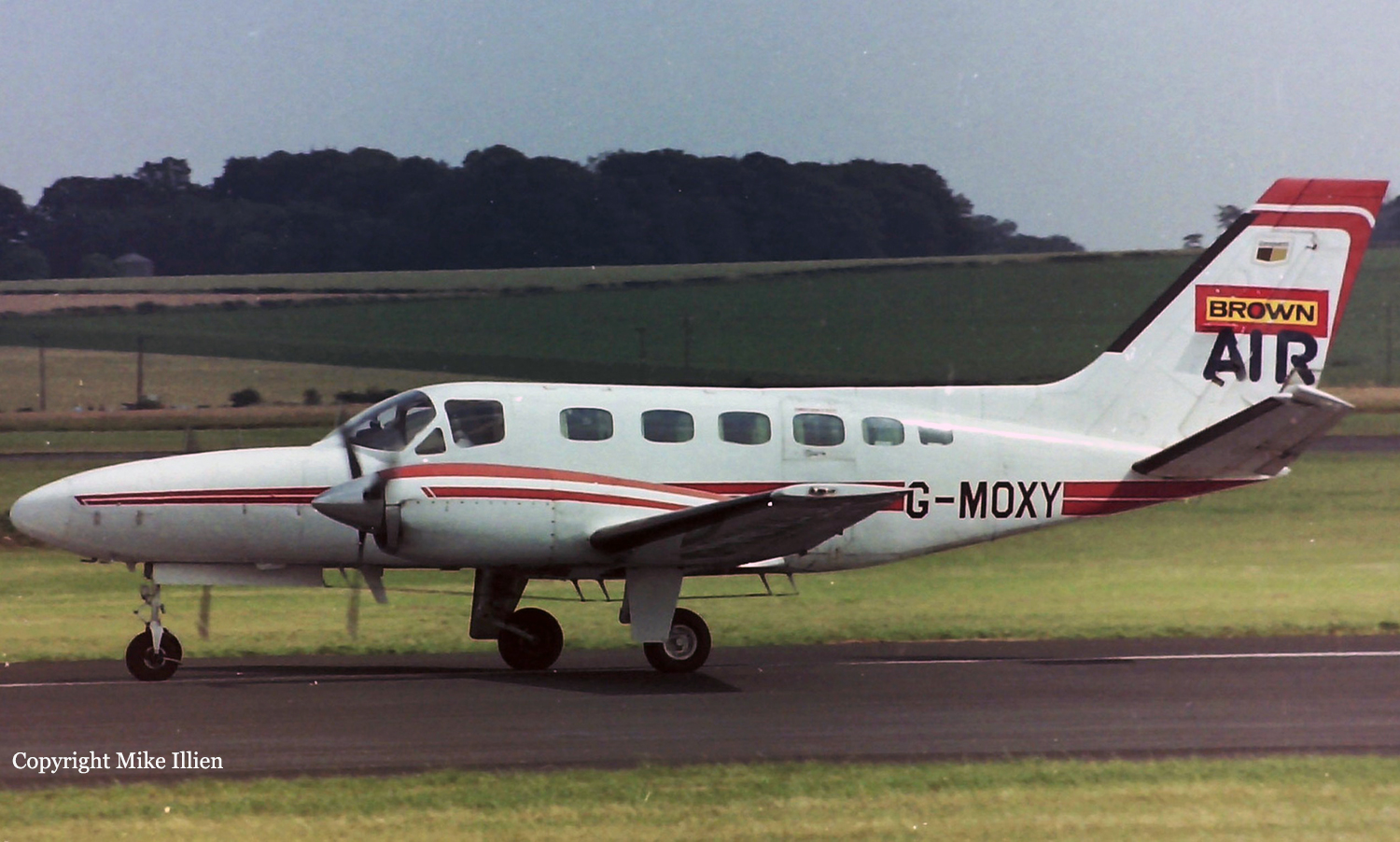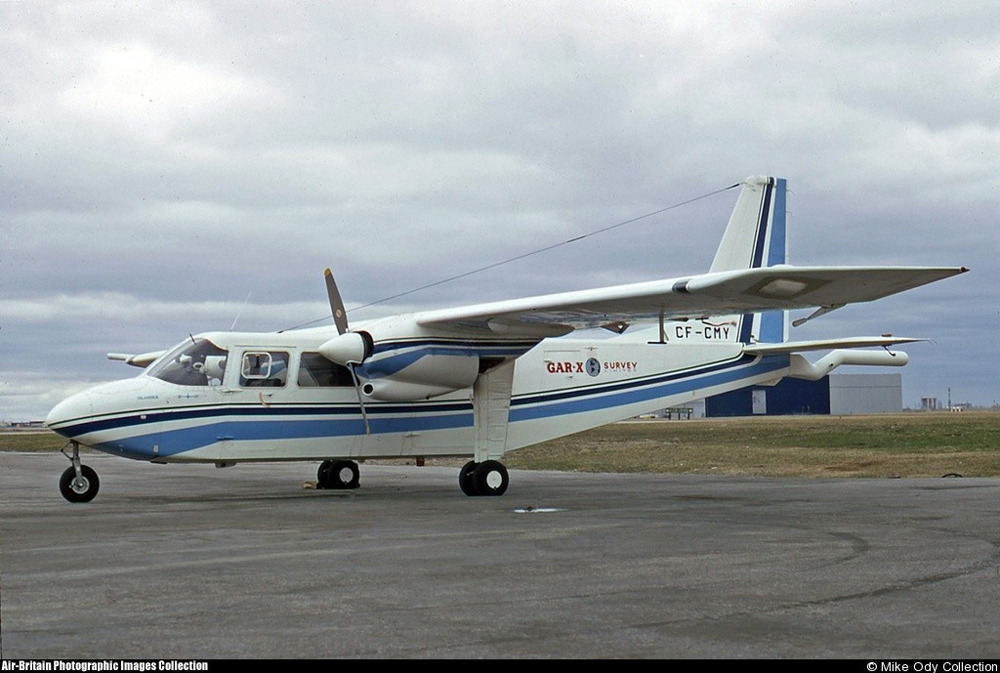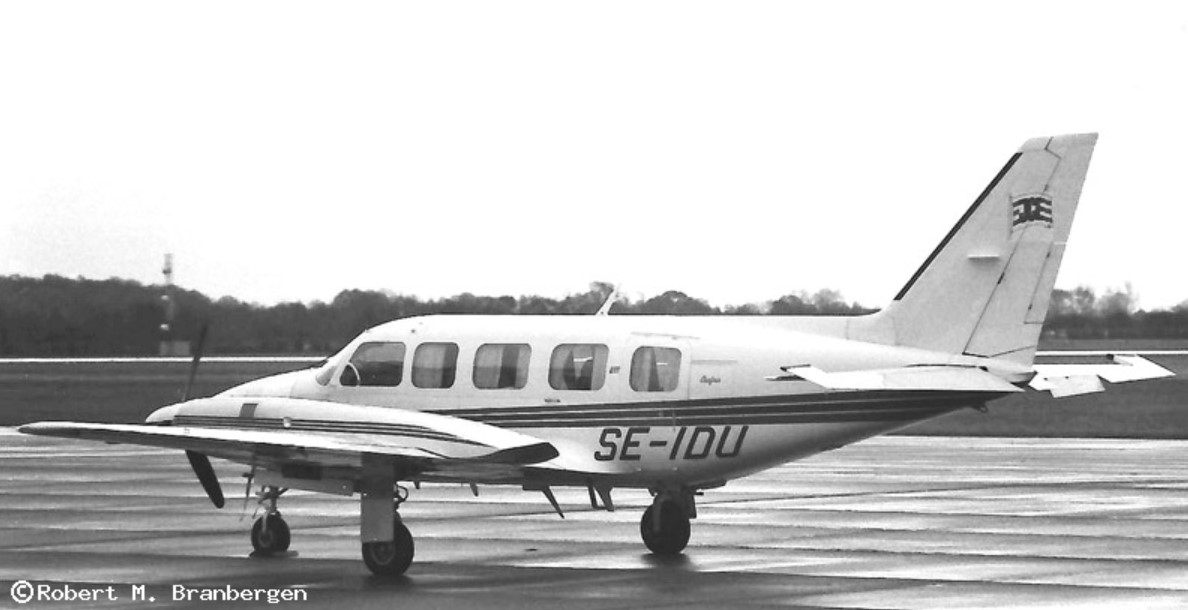Crash of a Beechcraft H18 in Rockford: 1 killed
Date & Time:
Sep 22, 1987 at 0802 LT
Registration:
N5850S
Survivors:
No
Schedule:
Kenosha - Atlanta
MSN:
BA-720
YOM:
1965
Crew on board:
1
Crew fatalities:
Pax on board:
0
Pax fatalities:
Other fatalities:
Total fatalities:
1
Captain / Total hours on type:
800.00
Aircraft flight hours:
6716
Circumstances:
The commercial pilot was on a repositioning flight from Kenosha, Wisconsin to Atlanta, Georgia, after having been without sleep for about 20 hours. Witnesses observed the aircraft circling a subdivision near Rockford, Illinois at a low altitude, just above the treetops. The aircraft was in a steep left bank, described as 70-90°, when it reversed direction into a steep right bank and descended into the trees. The pilot, sole on board, was killed.
Probable cause:
Occurrence #1: abrupt maneuver
Phase of operation: maneuvering - turn to reverse direction
Findings
1. (c) clearance - misjudged - pilot in command
2. (f) fatigue (lack of sleep) - pilot in command
3. (c) judgment - poor - pilot in command
----------
Occurrence #2: in flight collision with object
Phase of operation: maneuvering - turn to reverse direction
Findings
4. (f) object - tree(s)
Phase of operation: maneuvering - turn to reverse direction
Findings
1. (c) clearance - misjudged - pilot in command
2. (f) fatigue (lack of sleep) - pilot in command
3. (c) judgment - poor - pilot in command
----------
Occurrence #2: in flight collision with object
Phase of operation: maneuvering - turn to reverse direction
Findings
4. (f) object - tree(s)
Final Report:






